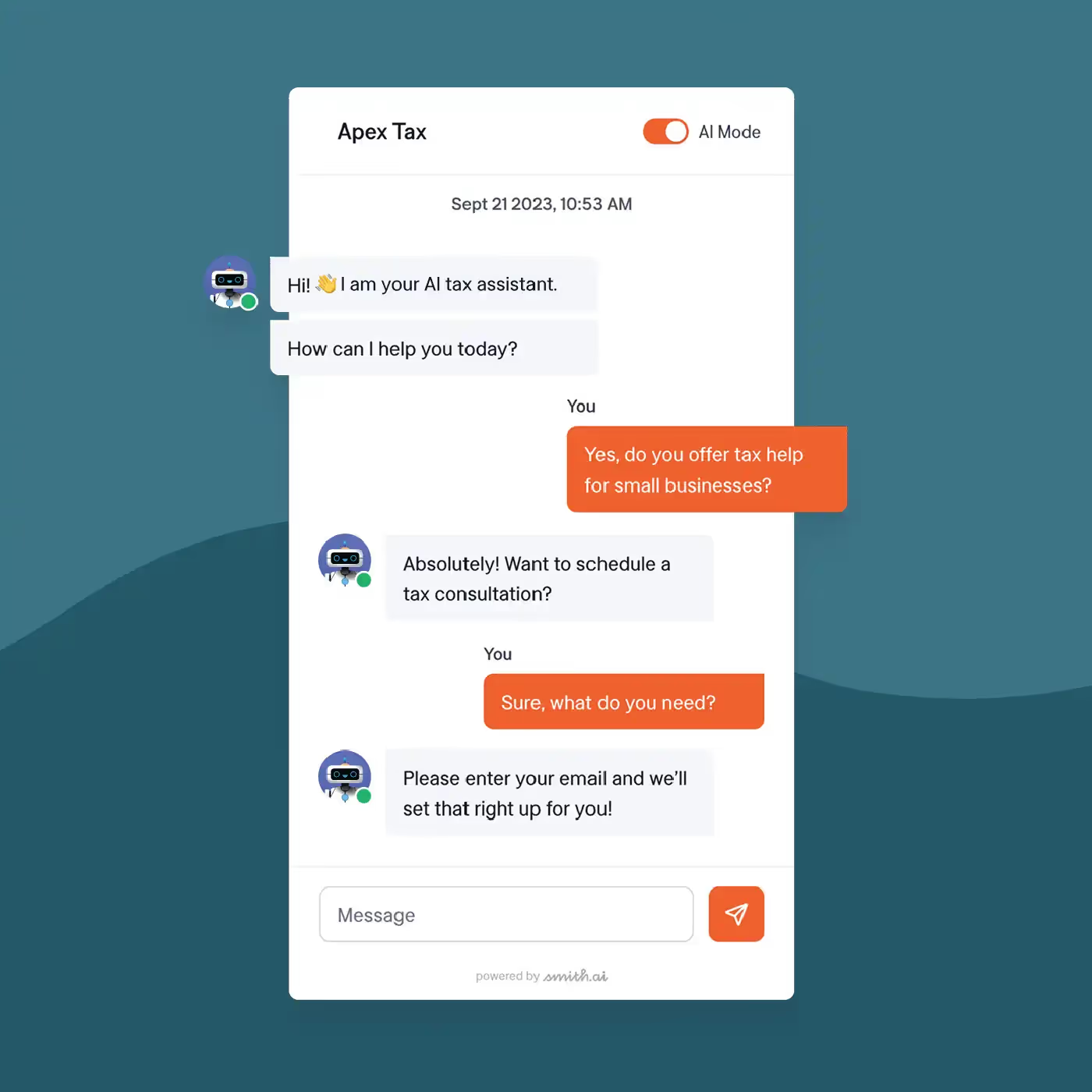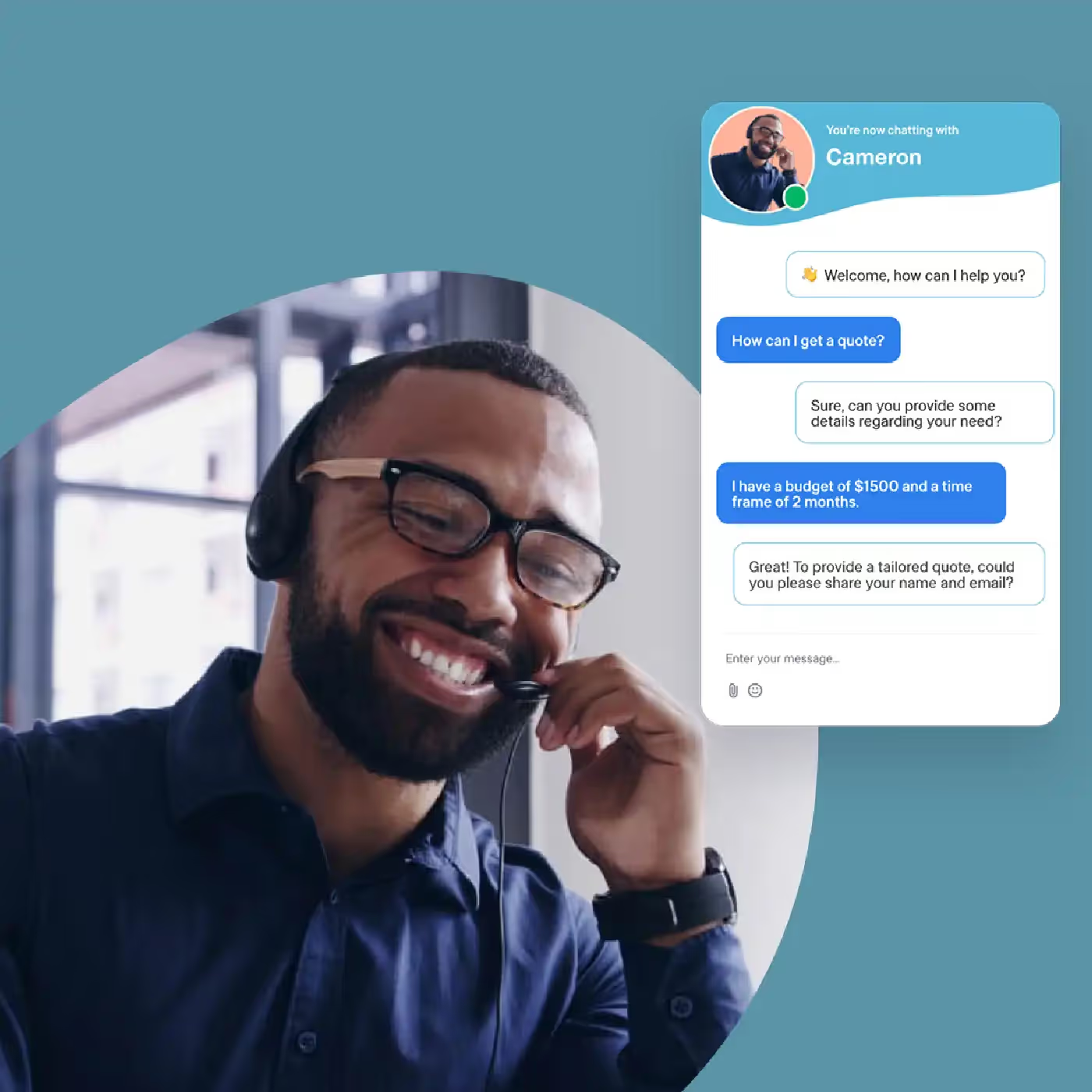7 AI Trends in Customer Service Leading the Way In 2025
7 AI Trends in Customer Service Leading the Way In 2025

AI-powered customer service is rapidly becoming the standard, with analysts predicting that AI will manage up to 95% of customer interactions this year. This surge has led to an overwhelming influx of buzzwords and exaggerated claims, making it challenging to discern reality from hype. It’s crucial to focus on measurable outcomes, such as faster resolution times, reduced costs, and improved customer experiences.
While AI offers significant advantages, it is not a panacea; human oversight, data privacy, and ethical considerations remain essential.
Here are seven key trends that are reshaping customer service in 2025, from advanced conversational AI to an increased emphasis on trust and transparency. These trends serve as a practical roadmap for tracking meaningful improvements in your metrics, rather than just a marketing wishlist.
1. AI-Powered Customer Support Becomes More Sophisticated
Advancements in natural language processing (NLP) redefine customer support interactions. These developments enable AI systems to grasp conversation nuances and adapt their responses, leading to improved understanding and context-awareness. In practical terms, this means AI can handle multi-step customer inquiries with greater dexterity, seamlessly piecing together fragmented information to provide more coherent and accurate solutions.
Effective integration between AI systems and human agents is also crucial. Improved synergy ensures AI handles routine tasks while human agents tackle complex issues. This results in reduced repetition, faster resolution times, and more precise problem diagnoses. Yet, it's vital to remember that AI alone is not a panacea; human oversight remains essential for handling nuanced and sophisticated queries.
Successfully harnessing this potential involves careful training and optimization to ensure AI systems operate optimally and harmoniously alongside human collaborators.
2. Generative AI Expands Its Role in Customer Service
Building on these advances, generative AI creates responses that feel human-crafted. Large language models combine context, customer history, and brand guidelines so replies sound like they came from your best-trained agent.
Generative systems pull live data from your knowledge base to draft answers, update policies, or write fresh help-center articles in seconds. Inside the agent console, an AI co-pilot suggests empathetic phrasing and next-best actions as soon as a customer message appears. Dynamic content engines facilitate the creation of FAQs and troubleshooting guides when a new product launches, although some manual input or oversight is typically required.
This translates to three immediate benefits for your team: faster script creation and updates, on-brand answers every time (even at 2 a.m.), and agents freed to focus on nuanced cases instead of copying and pasting text.
You'll still need tight guardrails: review early outputs, fine-tune prompts, and train models on approved language so hallucinations don't reach the customer. Start by piloting co-writing tools with a small group of agents, measure response accuracy and handle time, then expand once confidence and customer satisfaction climb.
3. Omnichannel AI Integration for Seamless Customer Journeys
When a customer starts a chat on your website at lunch, switches to SMS on the train home, and calls after dinner. They never have to repeat their story because your AI system remembers everything. This unified approach enables conversation context to be carried across phone, chat, email, and social channels. Customers pick up exactly where they left off, no matter which platform they use.
AI agents provide continuous, context-aware support on every platform, a capability already emerging in tools that link interactions end-to-end.
This means fewer frustrated callers, more efficient staffing, and clearer insight into satisfaction trends. Shared histories enable real-time routing. An angry tweet can escalate straight to a senior voice agent without losing any background context.
Achieving this level of integration smoothly requires careful planning and execution. You'll need careful integration with your CRM, ticketing, and analytics systems. Start by unifying two high-volume channels first. Thoroughly test your data flow and escalation paths to ensure they are accurate and effective. Then expand incrementally while monitoring performance and customer feedback.
4. Hyper-Personalization Through Advanced Data Analytics
Your AI system knows exactly what each caller needs before they finish explaining their problem. This becomes standard practice as AI-driven personalization engines analyze purchase history, browsing behavior, and past conversations in milliseconds.
When these data points combine, the AI Receptionist can surface the next best action, whether that's fast-tracking a warranty claim or suggesting a complementary service, and adjust its tone in real time.
Predictive analytics takes this further. Models trained on patterns across millions of interactions can flag when a customer is likely to churn or ready to upgrade, prompting you to act before they even ask. The result: more relevant conversations, faster resolutions, and new upsell opportunities without hiring additional staff.
Implementation requires more than just collecting data. Privacy statutes, such as the GDPR, require explicit consent and strict access controls, while the CCPA emphasizes opt-out rights and reasonable data security measures.
Low-quality data can undermine even the most sophisticated algorithm. Start by unifying clean, permission-based records and establishing clear governance rules. Then, let AI handle the heavy lifting of personalization while you monitor outcomes for accuracy and fairness.
5. Emotion Recognition and Human-Centric AI
AI systems now detect customer emotions through voice tone, word choice, and pacing in real-time. Advanced sentiment engines scan live chat transcripts, emails, and call recordings, flagging frustration or delight within seconds.
When the system detects rising anger, a raised voice or a change in sharp language, it routes the caller to a senior agent or triggers on-screen empathy prompts for the current handler. This context-aware escalation prevents emotional situations from spiraling out of control, thereby improving satisfaction rates.
The technology has clear limitations. Sarcasm, regional dialects, and cultural nuances continue to confuse algorithms, and diverse training data is necessary to minimize misreads. Pair automated insights with human judgment, pilot one channel at a time, and always give agents final authority when emotions run high.
6. Automation Everywhere with Focus on Efficiency
Routine tasks across customer service operations are increasingly being automated, from smart routing that connects customers to the right agent more quickly to automated follow-ups that ensure issues remain resolved. The focus extends beyond simple cost reduction to creating genuinely better experiences through streamlined operations.
Intelligent classifiers analyze each incoming ticket's urgency, sentiment, and customer value, then route it to the best resource: AI for straightforward tasks, a specialist for nuanced ones. The same orchestration engine triggers follow-up emails, SMS reminders, or appointment scheduling the moment a call ends, keeping customers informed without adding agent effort.
You get faster resolutions, fewer labor hours, and consistent service every time. But you need to be selective. Start with high-volume, rule-based processes, set up live dashboards to monitor accuracy, and maintain a manual fallback option in case of errors. Audit workflows regularly and retrain models when they drift; this approach will help you capture the promised efficiency without sacrificing reliability.
7. Increased Emphasis on Trust, Privacy, and Ethical AI Use
Your customers won't stick around if they can't trust the brain behind your support channels. As AI handles more conversations, you need to show how decisions are made, why data is collected, and where it's stored. Transparent and explainable systems are becoming increasingly essential for customer service in 2025, particularly when sensitive data is involved.
Start by giving every AI action a paper trail. Explain the logic behind ticket prioritization or escalation so that agents and regulators can understand why one customer received faster attention than another. Next, lock down data flows. End-to-end encryption, strict access controls, and routine penetration testing reduce the risk of costly breaches that can erode brand equity overnight.
Clear, upfront messaging matters just as much. Let callers know when they're interacting with an AI-led, human-backed system and spell out its limitations. When customers understand the tech, their confidence rises and complaints drop.
Schedule regular bias and accuracy audits. Train staff to interpret audit reports and adjust workflows quickly, as this practice is increasingly seen as essential for compliant AI deployment among business leaders. Create an internal ethics playbook so that every employee, from agents to engineers, knows how to identify and escalate potential issues before they escalate into legal headaches.
Why Smith.ai Is the Smart Choice for AI Customer Service in 2025
Modern conversational AI can reduce the cost per contact by up to 23.5% while increasing revenue, but the real winners blend smart automation with human expertise rather than chasing flashy tools for their own sake. That balance is exactly where the AI Receptionist from Smith.ai excels.
The hybrid model handles routine questions instantly, while allowing seasoned receptionists to step in for nuanced conversations, so callers never feel like they're talking to a robot.
The impact of automation on operational efficiency is profound, and Smith.ai delivers those gains without months of setup. Most teams are live in approximately 15 minutes, as the platform integrates directly with existing tools.
Key benefits you can count on:
- Quick, code-free onboarding, start capturing and qualifying leads the same day
- Transparent, pay-for-what-you-use pricing with no surprise fees
- 50-plus CRM, calendar, and payment integrations that preserve context across interactions
- Always-on coverage: AI fields calls around the clock, with human receptionists ready for escalations
- Real-time dashboards, like CallRail, show exactly how many calls converted, so you see ROI instead of guessing at it
Generative AI crafts natural, on-brand responses; omnichannel routing preserves a history of interactions, whether someone calls or texts; advanced analytics provide actionable insights and customizable workflows; and robust privacy controls safeguard customer data. Continuous human-led insights and analytics help your service get faster, friendlier, and more effective over time.
If you're looking for an AI solution that pairs smart technology with human empathy and proves its value on your bottom line, Smith.ai is ready when you are.
Implementing AI to Transform Your Customer Service in 2025
Successful AI adoption in customer service requires focusing on practical, value-driving trends rather than chasing buzzwords. The seven transformative trends — advanced NLP, generative responses, omnichannel integration, data-driven personalization, emotion recognition, strategic automation, and ethical transparency — deliver measurable improvements in efficiency and customer satisfaction.
To maximize ROI, prioritize solutions aligned with your specific business needs, set realistic goals, and consistently track performance metrics. Partner with providers like Smith.ai, who balance AI capabilities with human expertise while maintaining transparency about technological limitations.
Ready to implement these trends in your business? Schedule a consultation to enhance your customer engagement strategy and position your company at the forefront of service innovation in 2025.
Take the faster path to growth. Get Smith.ai today.
Key Areas to Explore
Technical Implementation Terms
Voice user interface (VUl) design
Speech recognition integration
Text-to-speech optimization
API connectivity and webhooks
Real-time data synchronization

Your submission has been received!








%20(1)%20(1).avif)


.svg)



